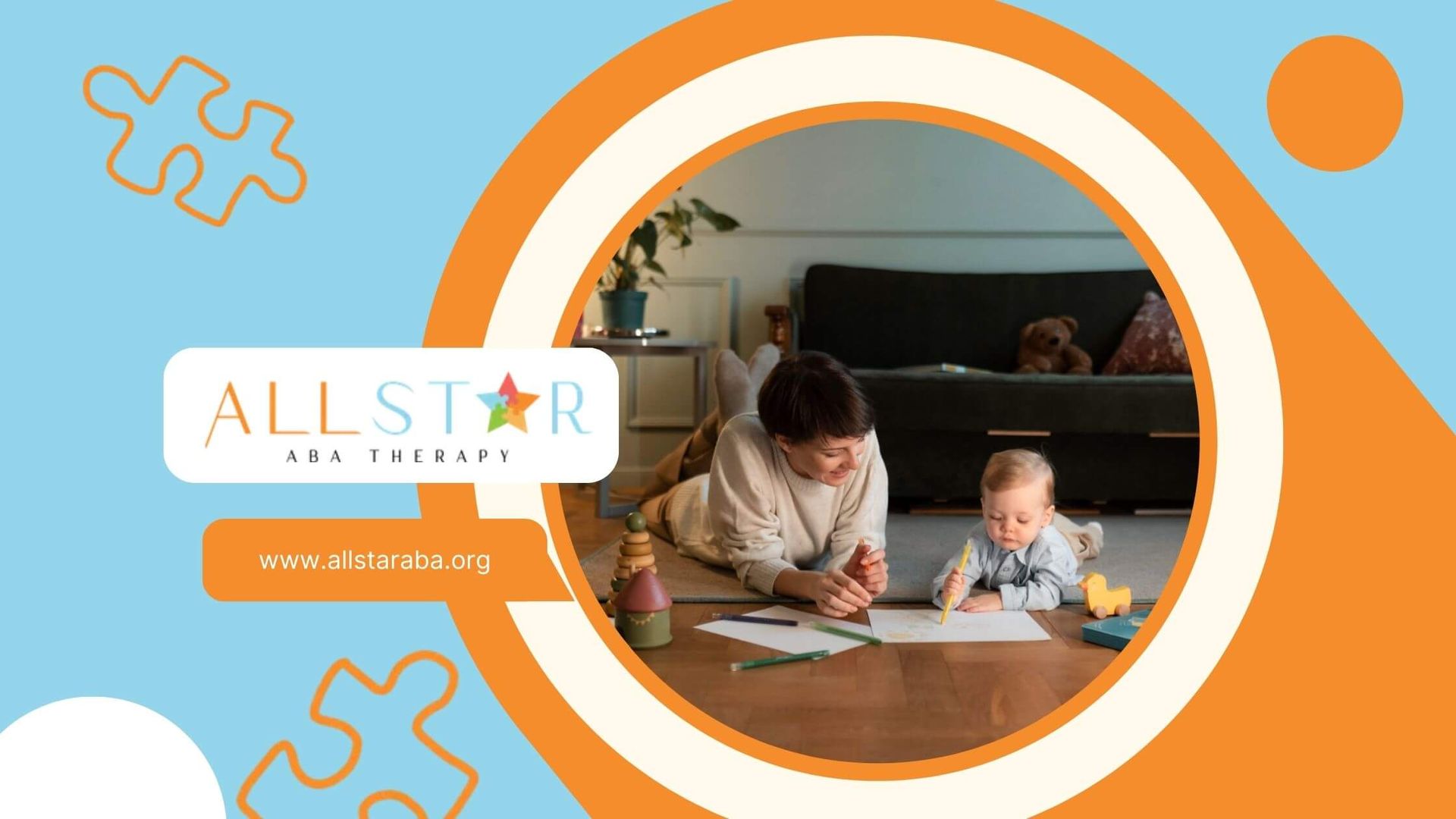New Paragraph
Recognizing Early Signs of ASD: A Comprehensive Guide
Autism Spectrum Disorder (ASD) affects individuals differently, but early detection and intervention can significantly improve outcomes. Understanding the early signs of ASD can empower parents, caregivers, and educators to seek timely support and interventions for children showing symptoms. This guide outlines the key signs and symptoms of ASD in early childhood, emphasizing the importance of awareness and early action.
What is Autism Spectrum Disorder?
Autism Spectrum Disorder (ASD) is a developmental disorder characterized by challenges with social interaction, communication, and by restricted and repetitive behaviors. The term "spectrum" in ASD reflects the wide variation in challenges and strengths possessed by each person with autism.
Early Signs of ASD
Recognizing the early signs of ASD can be challenging, as symptoms can vary widely from one child to another. However, some common indicators can alert parents and caregivers to potential developmental differences. Early detection is crucial, as it can lead to early intervention, which is shown to improve outcomes for children with ASD.
Social Communication and Interaction Challenges
- Lack of Eye Contact: Difficulty in maintaining eye contact is one of the earliest signs of ASD. Infants may not look at caregivers when being fed or spoken to.
- Delayed Speech Development: Children with ASD might have delays in speech and language skills. They may not babble or use gestures as infants, and later, might struggle with using spoken language to communicate effectively.
- Limited Use of Gestures: Infants and toddlers with ASD may not use gestures such as pointing or waving goodbye to communicate or attract attention.
- Difficulty with Social Cues: Children with ASD often find it hard to understand social cues, such as tone of voice or facial expressions, making social interactions challenging.
Restricted and Repetitive Behaviors
- Repetitive Movements: Repetitive movements such as rocking, spinning, or flapping hands are common in children with ASD.
- Strict Routine Adherence: Children with ASD may insist on following routines and show distress over minor changes.
- Focused Interests: Children may develop an intense interest in specific topics or objects, focusing on them exclusively for extended periods.
- Sensory Sensitivities: Many children with ASD have unusual reactions to sensory inputs, such as being bothered by certain sounds, textures, or lights.
When to Seek Help
If you notice any of the early signs of ASD in your child, it's important to seek evaluation from a healthcare professional. Early intervention can make a significant difference in the child's development and quality of life.
Early Intervention Is Key
Early intervention services help children from birth to 3 years old (36 months) learn important skills. Services can include therapy to help the child talk, walk, and interact with others. Therefore, it is essential to act promptly if you have concerns about your child's development.
Strategies for Parents and Caregivers
While awaiting evaluation and services, parents and caregivers can employ strategies to support their child’s development:
- Engage in Play: Simple, interactive play that encourages communication and joint attention.
- Create Routine: Predictable routines can help children with ASD feel more secure and reduce anxiety.
- Use Visual Supports: Pictures and visual schedules can help children understand expectations and transitions.
- Seek Support: Joining support groups can provide valuable information and emotional support to families.
The Role of ABA Therapy
Applied Behavior Analysis (ABA) therapy is a widely recognized and effective treatment for individuals with ASD. ABA focuses on improving specific behaviors, such as social skills, communication, reading, and academics, as well as adaptive learning skills, such as fine motor dexterity, hygiene, grooming, domestic capabilities, and job competence.
ABA therapy is tailored to meet the unique needs of each individual, aiming to increase behaviors that are helpful and decrease behaviors that are harmful or affect learning. It has been proven especially effective when started at an early age.
Importance of Professional Evaluation
It's crucial to emphasize that while parents and caregivers can observe potential signs of ASD in their children, a formal diagnosis should only be made by qualified healthcare professionals. These professionals use a combination of assessments and observations to diagnose ASD accurately. A thorough evaluation will consider the child's behavior, development history, and family health history, among other factors.
Steps to Take After Noticing Signs
- Document Observations: Keep a record of the behaviors and signs you observe in your child, including when they started and how often they occur. This information can be invaluable during the evaluation process.
- Consult Your Pediatrician: Share your observations with your child’s pediatrician. They can provide initial assessments and refer you to specialists in developmental disorders, such as a developmental pediatrician, child psychologist, or pediatric neurologist.
- Seek a Specialist Evaluation: Specialists can conduct comprehensive evaluations to diagnose ASD and recommend appropriate interventions. This might include cognitive and language assessments, as well as behavior evaluations.
- Explore Early Intervention Services: Regardless of the diagnosis, if your child shows developmental delays, they may be eligible for early intervention services, which can significantly improve developmental outcomes.
Building a Support System
Navigating the journey after noticing the early signs of ASD can be challenging for families. Building a strong support system is essential for both the child and their family.
This system can include:
- Healthcare Professionals: A team of specialists who can provide diagnosis, treatment, and ongoing support.
- Therapists: Professionals who deliver interventions such as ABA therapy, speech therapy, and occupational therapy.
- Support Groups: Groups that connect families going through similar experiences can offer emotional support and practical advice.
- Educational Resources: Access to educational materials and programs designed to support children with ASD and their families.
Embracing the Journey
Every child's journey with ASD is unique. While the early signs of ASD can be a starting point for seeking help, the path forward is about more than just addressing challenges; it's about celebrating strengths, fostering interests, and embracing differences. Encouraging a child's passions and providing them with opportunities to succeed in their areas of interest can lead to profound personal growth and satisfaction.
Conclusion
Recognizing the early signs of ASD in children is the first step toward seeking intervention and support. Early detection and intervention are paramount to improving outcomes and helping children with ASD reach their full potential. If you suspect your child may be showing signs of ASD, it is crucial to consult with a healthcare professional for a thorough evaluation.
For families seeking support and intervention, All Star ABA specializes in providing personalized ABA therapy services. Our dedicated team is committed to helping children with ASD and their families navigate the challenges and celebrate the successes on their unique journeys. Understanding the early signs of ASD and seeking timely intervention can make a significant difference in the lives of children with ASD and their families.
At All Star ABA, we know that recognizing the early signs of autism is only the beginning. Our team in Maryland and Virginia provides personalized ABA therapy in Maryland and Virginia that is designed to support children and families through every step of the journey. With evidence-based strategies, compassionate care, and family-centered guidance, we help children with ASD build confidence, independence, and meaningful connections.
Begin building a brighter future. Contact us today!
Frequently Asked Questions
What are the early signs of autism in children?
Early signs may include delayed speech, limited eye contact, difficulty with social interaction, repetitive behaviors, and heightened sensitivity to sounds or textures. Recognizing these signs early is key to seeking timely support.
Why is early intervention important for autism?
Early intervention helps children develop communication, social, and adaptive skills during critical developmental years. Research shows that starting therapy early can significantly improve long-term outcomes in school, relationships, and daily life.
How does ABA therapy support children with autism?
ABA therapy uses evidence-based techniques to teach communication, social skills, and daily living skills. It is tailored to each child’s needs, helping reduce challenging behaviors while fostering independence and confidence.
Need Support?
We're Here to Help!
Our experienced team is ready to assist you. Reach out today to discuss how we can support your child's development and well-being.
Get started with expert ABA therapy today.








